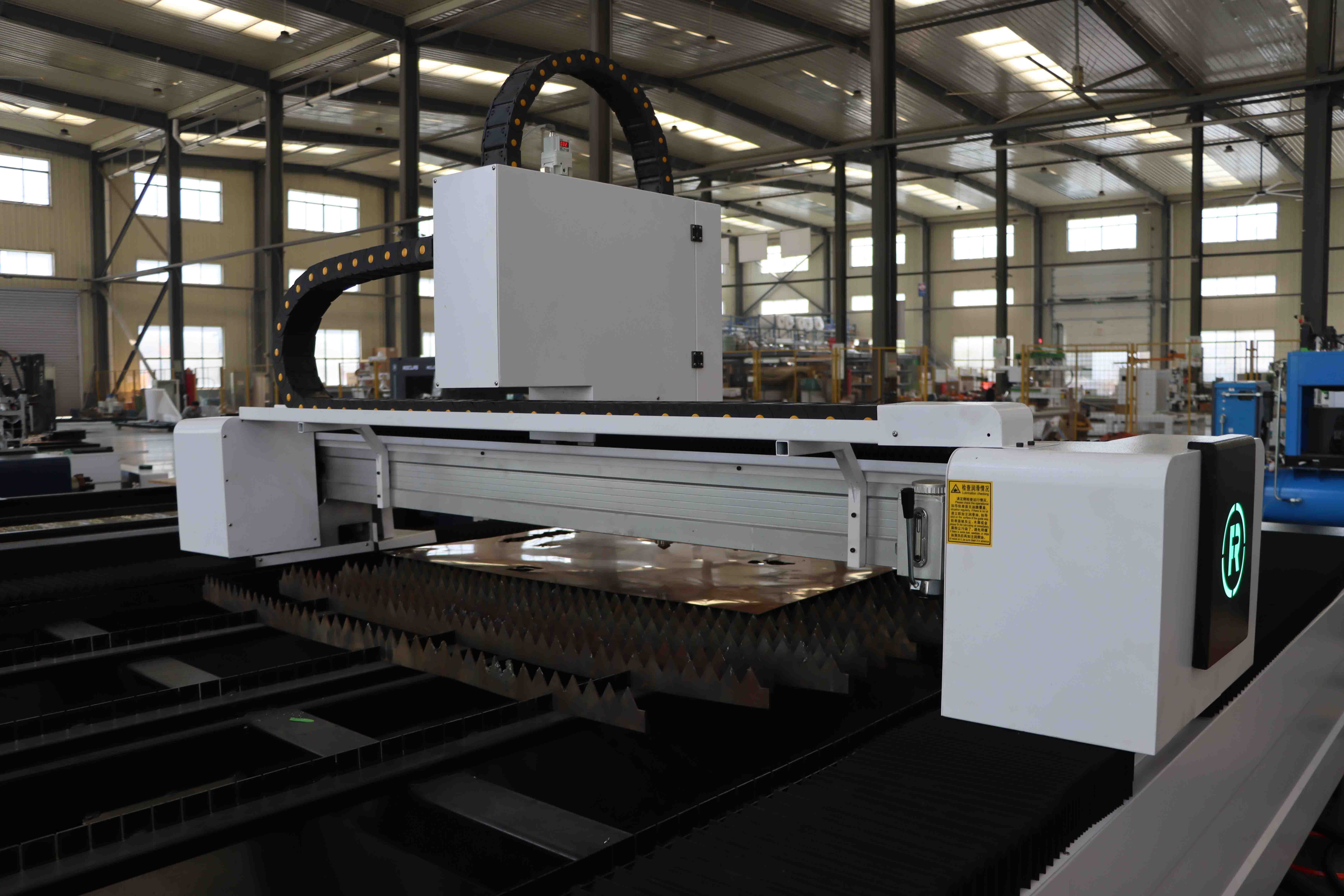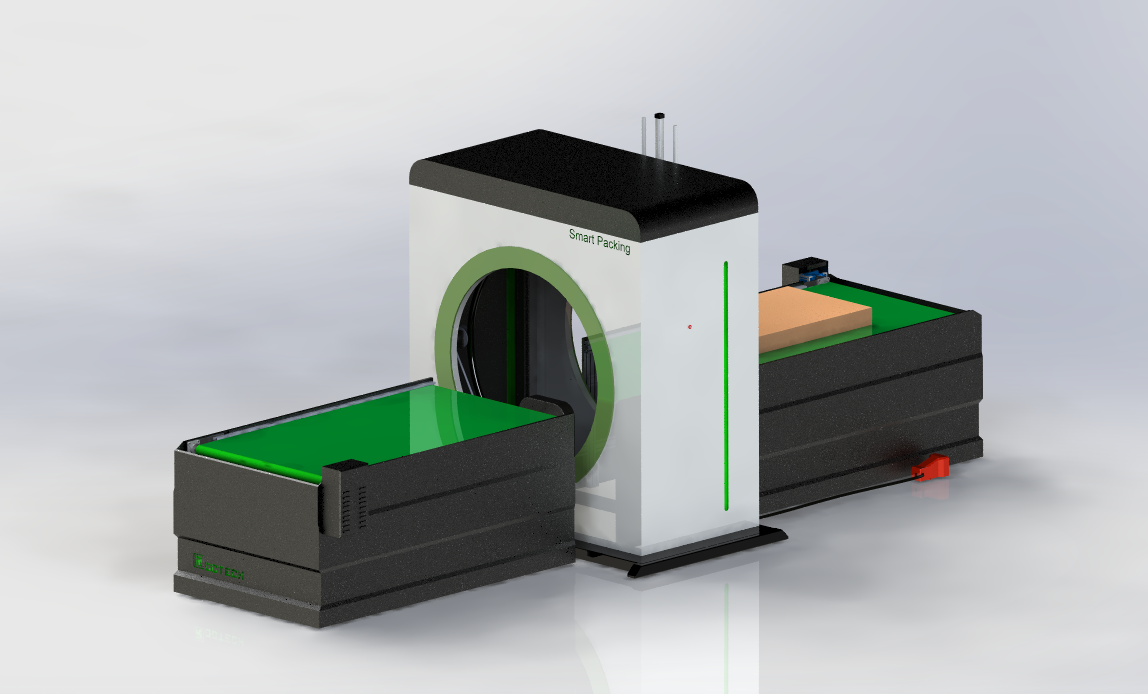Laser cutter machines have revolutionized the manufacturing and design industries by offering unparalleled precision, speed, and versatility. These machines utilize high-powered lasers to cut, engrave, or etch materials with incredible accuracy. From small-scale hobbyists to large industrial manufacturers, laser cutter machines have become an indispensable tool. This article delves into the various types of laser cutter machines, their applications, and the benefits they offer.
Types of Laser Cutter Machines

1. CO2-Laserschneider
CO2 laser cutters are the most common type of laser cutter machines. They use a gas laser, typically a mixture of carbon dioxide, nitrogen, and helium, to produce a laser beam. These machines are highly versatile and can cut through a wide range of materials, including wood, acrylic, leather, and certain plastics. CO2 laser cutters are favored for their ability to produce smooth, clean cuts and are widely used in industries such as signage, packaging, and textiles.
2. Faserlaserschneider

Fiber laser cutters employ a solid-state laser that is generated through optical fibers doped with rare-earth elements like erbium, ytterbium, or neodymium. These machines are particularly effective for cutting metals, including stainless steel, aluminum, and brass. Fiber laser cutters are known for their high energy efficiency, long lifespan, and ability to produce precise cuts with minimal heat-affected zones. They are extensively used in the automotive, aerospace, and electronics industries.

3. NdYAG and NdYVO4 Laser Cutters
NdYAG (neodymium-doped yttrium aluminum garnet) and NdYVO4 (neodymium-doped yttrium orthovanadate) laser cutters are solid-state lasers that are primarily used for cutting and engraving metals and ceramics. These machines are capable of producing high-power laser beams and are often used in applications requiring deep engraving or high-precision cutting. They are commonly found in the medical device manufacturing and jewelry industries.
4. Diode Laser Cutters
Diode laser cutters use semiconductor diodes to generate laser beams. These machines are compact, energy-efficient, and relatively inexpensive compared to other types of laser cutters. Diode laser cutters are suitable for cutting thin materials like paper, cardboard, and certain plastics. They are popular among hobbyists and small businesses for tasks such as engraving, marking, and light cutting.
Applications of Laser Cutter Machines
1. Manufacturing and Industrial Applications
Laser cutter machines are extensively used in manufacturing and industrial applications for cutting, engraving, and marking various materials. In the automotive industry, fiber laser cutters are used to cut metal components with high precision. In the electronics industry, CO2 laser cutters are employed to cut and engrave circuit boards and other components. The aerospace industry utilizes laser cutters for cutting and shaping lightweight materials like titanium and composites.
2. Kunst und Design
Artists and designers have embraced laser cutter machines for their ability to create intricate and detailed designs. CO2 laser cutters are commonly used to cut and engrave wood, acrylic, and leather, allowing artists to produce custom furniture, jewelry, and decorative items. Laser cutters have also found applications in the fashion industry, where they are used to cut and engrave fabrics, creating unique patterns and designs.
3. Medical and Dental Applications
Laser cutter machines play a crucial role in the medical and dental fields. NdYAG and NdYVO4 laser cutters are used to manufacture precision medical devices, such as stents and surgical instruments. In dentistry, laser cutters are employed to create custom dental implants, crowns, and bridges. The ability to produce highly accurate and biocompatible components makes laser cutters indispensable in these industries.
4. Signage and Advertising
The signage and advertising industry heavily relies on laser cutter machines for producing custom signs, logos, and displays. CO2 laser cutters are used to cut and engrave materials like acrylic, wood, and metal, allowing businesses to create eye-catching and durable signage. Laser cutters are also used to produce intricate lettering and designs for promotional materials.
5. Packaging and Prototyping
Laser cutter machines are widely used in the packaging industry for cutting and engraving packaging materials. They are also employed in prototyping, where they enable designers to quickly produce and test prototypes of products. The ability to cut and engrave a wide range of materials makes laser cutters ideal for creating custom packaging and prototypes.
Benefits of Laser Cutter Machines
1. Präzision und Genauigkeit
One of the most significant advantages of laser cutter machines is their ability to produce highly precise and accurate cuts. The laser beam can be focused to a very small point, allowing for intricate and detailed designs. This precision is particularly important in industries like aerospace, medical devices, and electronics, where even the smallest deviation can have significant consequences.
2. Vielseitigkeit
Laser cutter machines are incredibly versatile and can work with a wide range of materials, including metals, plastics, wood, glass, and fabrics. This versatility makes them suitable for a variety of applications, from industrial manufacturing to artistic design. Additionally, laser cutters can perform multiple functions, such as cutting, engraving, and marking, making them a valuable tool in many industries.
3. Geschwindigkeit und Effizienz
Laser cutter machines are known for their speed and efficiency. They can cut and engrave materials much faster than traditional methods, such as mechanical cutting or manual engraving. This increased speed translates to higher productivity and reduced production times, which is particularly beneficial in high-volume manufacturing environments.
4. Minimaler Materialabfall
Laser cutter machines produce minimal material waste compared to traditional cutting methods. The laser beam cuts with high precision, reducing the amount of excess material that needs to be discarded. This not only saves on material costs but also contributes to more sustainable manufacturing practices.
5. Non-Contact Cutting
Laser cutter machines use a non-contact cutting method, meaning the laser beam does not physically touch the material being cut. This eliminates the risk of material contamination and reduces wear and tear on the machine. Non-contact cutting also allows for greater flexibility in cutting complex shapes and designs.
6. Automation and Integration
Many laser cutter machines can be integrated into automated production lines, allowing for continuous and efficient operation. They can be programmed to perform repetitive tasks with high accuracy, reducing the need for manual intervention. This automation capability is particularly valuable in industries like automotive and electronics, where high-volume production is common.
Laser cutter machines have transformed the way we cut, engrave, and mark materials across a wide range of industries. Their precision, versatility, and efficiency make them an essential tool for manufacturers, designers, and artists alike. Whether you are cutting metal components for an aerospace application, creating intricate designs for a piece of jewelry, or producing custom signage for a business, laser cutter machines offer unparalleled capabilities. As technology continues to advance, we can expect laser cutter machines to become even more powerful, efficient, and accessible, further expanding their applications and benefits.
After several years of rapid development, ROCLAS have diversified products that can provide optimal CNC solutions for our customers. First –class R &D team is our core competitiveness. As the core of our development, ROCLAS attaches great importance to the investment in scientific research. We have a strong R &D team with well known experts to improve our technology.If you are considering learning about laser cutting machines, we hope you can leave us a message on our website. We will have professional personnel to reply to you as soon as possible. We believe that our products and services will satisfy you. We will regard your satisfaction as our work pursuit!
Ganz gleich, ob Sie allgemeine Beratung oder spezifische Unterstützung benötigen, wir helfen Ihnen gerne weiter.